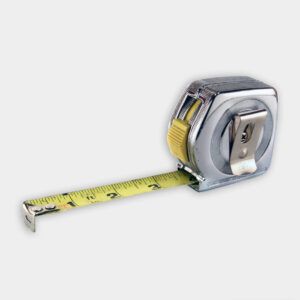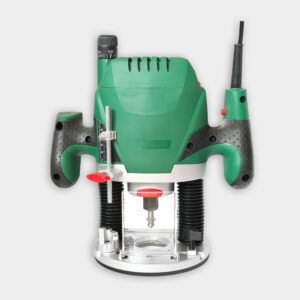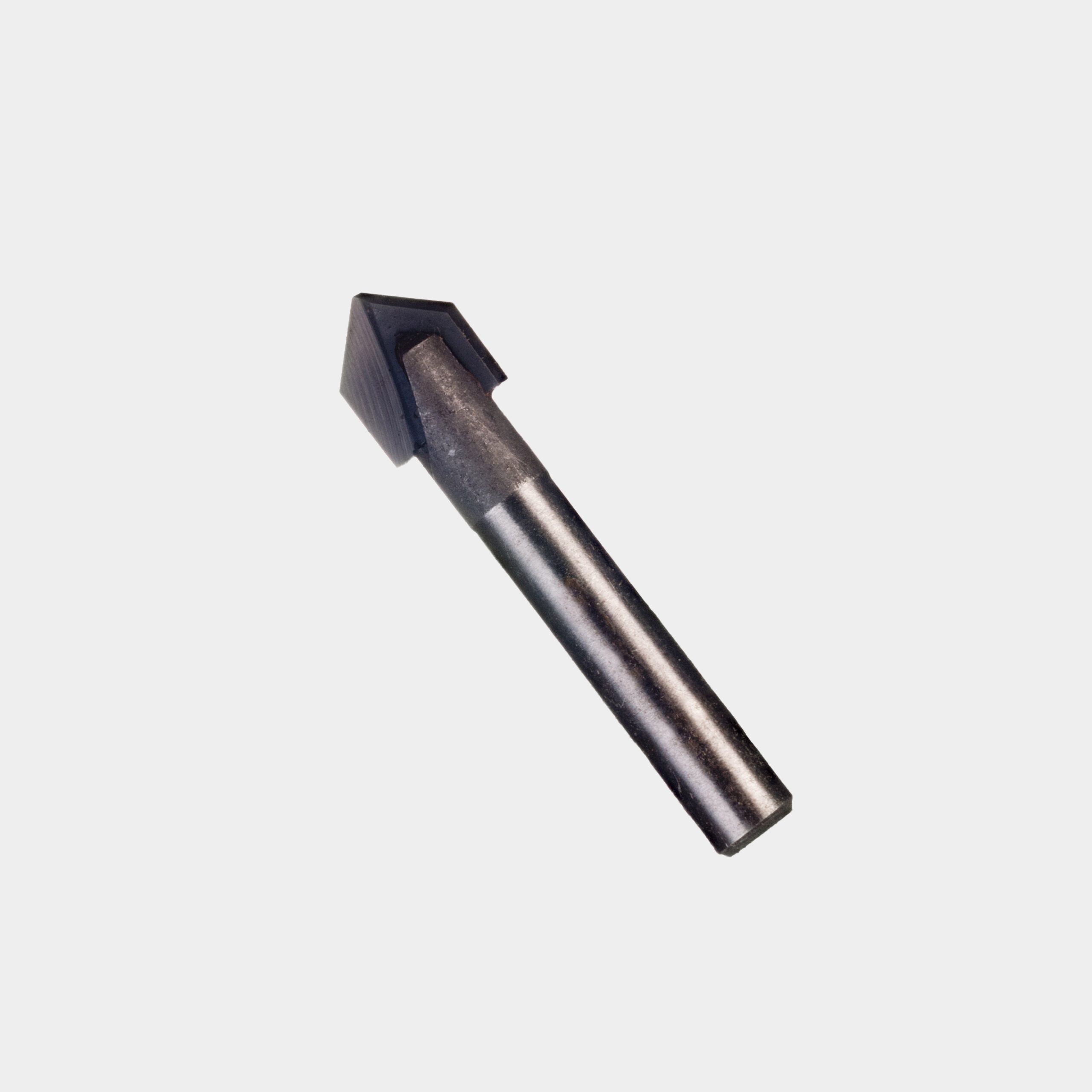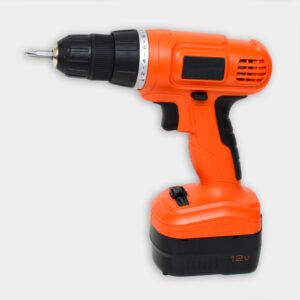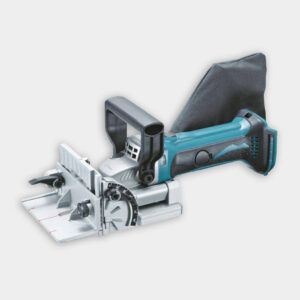We may be compensated if you purchase through links on our website. Our team is committed to delivering honest, objective, and independent reviews on home products and services.
Project details
Skill
Cost
Estimated Time
Building a custom display case for a cherished baseball bat is a meaningful way to preserve and showcase a special piece of sports memorabilia. Whether it’s a championship bat or a family heirloom, a well-crafted display case protects the bat while allowing you to admire it. In the video above, Ask This Old House general contractor Tom Silva guides a father through the process of constructing a display case for his son’s championship baseball bat.
*Unless otherwise noted, costs in this article reflect an average of prices that our team found from hardware stores like Lowes and Home Depot, and on Amazon.com.
Materials You Need To Build Your Own Baseball Bat Display Case
Before starting your project, gather these essential materials:
- 1×4 white oak board (or preferred wood species)
- Brass screws
- CA glue (“super glue”) and activator
- Dowels
- Glass pane
- Painter’s tape
- Quick biscuits
- Screws
- Wood stain
Tools To Gather
Ensure you have these tools on hand:
- Biscuit joiner
- Chamfer bit
- Drill and bits
- Miter saw
- Random orbital sander
- Router (router table optional)
- Table saw
- Tape measure
Making the Display Box
The first step in building your own baseball bat display case is to find or build a basic box for the bat and any commemorative items. Since baseball bats, balls, pins, medals, and trophies all vary in shape and size, the size of this custom box will be directly related to your specific needs.
In the video above, the father built a display box out of white oak and a dark wood stain with a black felt backing. You can create the box to the dimension you need for the bat and any medals you’d like to display.
Measuring and Cutting
You need accurate measurements and precise cuts to make sure your display case fits together perfectly.
- Measure the dimensions of your display box, accounting for the bat’s length and any additional items you plan to include.
- Cut the board to the appropriate lengths for the frame sides using a miter saw set at 45 degrees for clean corner joints. Mitered corners provide strength and give the frame a professional finish.
- Use a table saw to create a dado (groove) along the inside edge of each frame piece to hold the glass pane. This groove should be deep enough to securely hold the glass in place.
Assembling the Frame
With your frame pieces prepared, it’s time to bring them together:
Joining the Corners
Securely joining the corners of your frame can be accomplished in a few simple steps:
- Apply CA glue to one mitered end of a frame piece. This glue provides a strong initial bond.
- Spray the corresponding end of the adjoining piece with glue activator. The activator accelerates the glue’s curing time, allowing for a quicker bond.
- Press the pieces together, ensuring they form a square corner. Hold them in place for a few seconds to allow the glue to set.
- Repeat for all four corners of the frame, ensuring each corner is square. Check angles with a square tool to guarantee precision.
Securing the Joints
Next, reinforce the mitered corners with screws:
- Pre-drill holes at each corner joint to prevent the wood from splitting. Use a drill bit slightly smaller than your screws.
- Insert brass screws to hold the mitered connections together.
- Check that the frame is square and adjust if necessary for the glass to fit.
Adding Decorative Elements
Enhancing the frame’s appearance adds a personal touch and elevates the overall look of the display case.
- Install a chamfer bit in your router. A chamfer creates a beveled edge that adds dimension and detail to the frame.
- Carefully run the router along the edges of the frame pieces to create a beveled edge. Keep a steady hand and consistent speed to get a uniform chamfer.
- Sand the frame pieces smooth using a random orbital sander with 120-grit sandpaper. A smooth finish better prepares the wood for staining.
Installing the Glass
Here’s how to safely install the glass panel:
- Measure the inside dimensions of the frame where the glass will sit. Double-check these measurements.
- Order or cut a piece of glass to fit these dimensions. It’s often best to order the glass from a professional to guarantee a precise fit.
- Before inserting the glass, apply your chosen wood stain to the frame and allow it to dry completely. Staining the frame enhances its appearance and helps protect the wood.
- Carefully slide the glass pane into the dado groove you created earlier. Handle the glass gently to avoid breaking it.
Mounting the Bat
Here’s how to offset your bat in the display box while keeping it secure.
Creating Mounting Points
- Determine where you want the bat positioned within the case. Consider the overall balance and visibility of the bat in relation to other items.
- Mark these points on the back of the display case using painter’s tape or a pencil. Ensure your marks are level and evenly spaced.
- Drill small pilot holes at these marks—these help prevent the wood from splitting.
Securing the Bat
- Cut two short lengths of dowel (about 1 inch each) to serve as spacers for the bat.
- Drill through the center of each dowel to create a pathway for the screws. This allows the screws to hold the dowels securely.
- Insert screws through the back of the case and into the dowels. Make sure the dowels are positioned to support the bat evenly.
- Carefully pre-drill small holes in the bat where it will meet the screws.
- Attach the bat to the dowels—get it secure but not overly tight. The bat should be held firmly in place without being damaged.
Attaching the Frame to the Case
The final step is connecting your newly crafted frame to the display box:
Using Quick Biscuits
- Mark corresponding points on both the frame and the box where they will join to help you align the frame and box correctly.
- Use a biscuit joiner to cut slots at these points. Quick biscuits provide a strong, invisible joint.
- Insert quick biscuits into the slots on the frame. Make sure they fit snugly.
- Align the frame with the box and press firmly to engage the biscuits. The frame should fit tightly and securely against the box.
Our Conclusion
Building a custom baseball bat display case is a rewarding project that preserves your cherished memories. With careful planning and execution, you can create a professional-looking showcase that protects and highlights a prized bat and medals. Not only does the case protect your memorabilia, but it also provides an attractive display that can be proudly shown to friends and family.
Materials
- CA glue and activator
- 1×4 white oak board (or other species)
- Brass screws
- Stain
- Glass pane
- Quick biscuits
- Dowels
- Screws
- Painter’s tape
